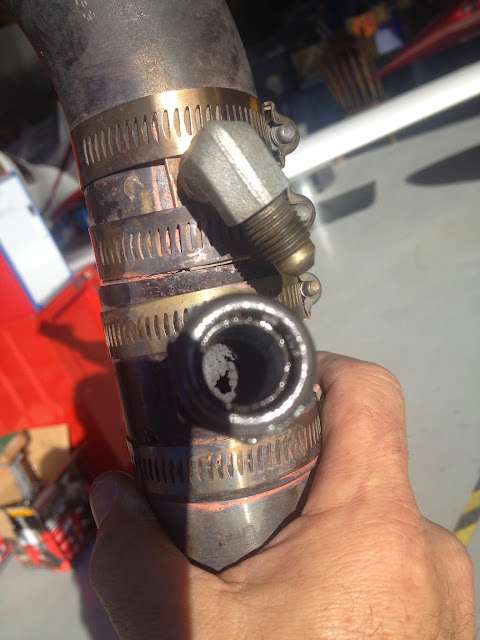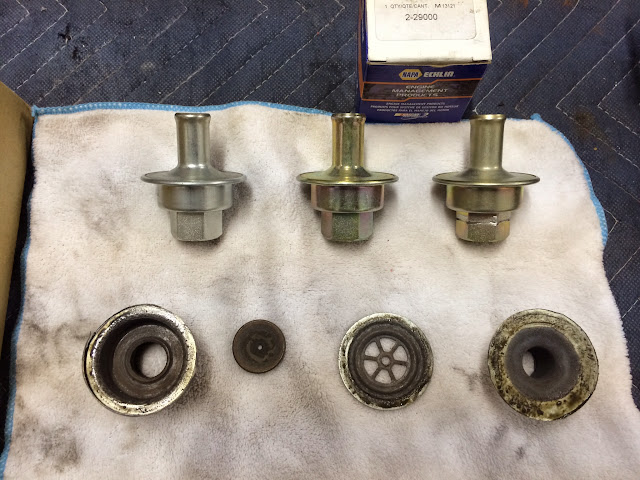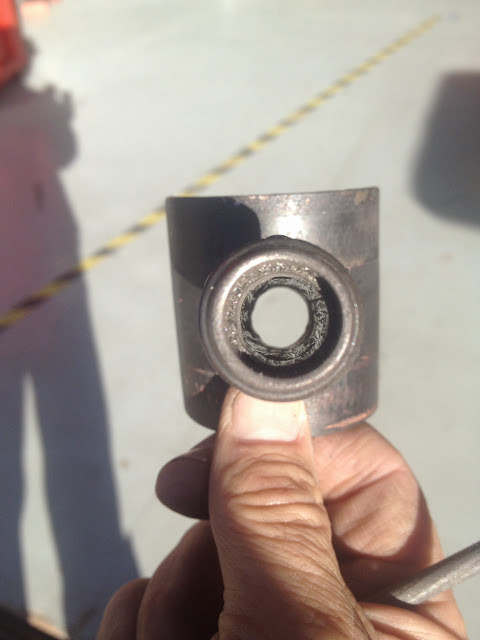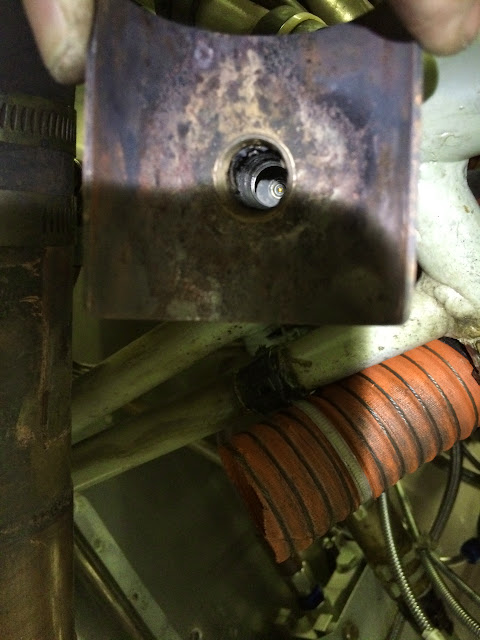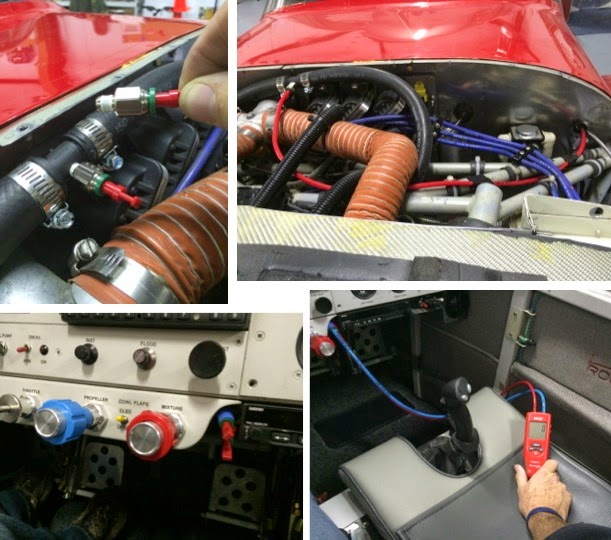I'm not sure of your point here. Van's isn't the vendor for the system in question and doesn't endorse it's use. The manufacturer does not acknowledge the gravity of the issue. What we have is a difference of opinion regarding the safety of an aftermarket add-on. As others have stated, if owners are going to make modifications to the design, they also must take responsibility for the safety of such changes. IMHO, there are a number of snake-oil products out there, we have to be savvy enough to avoid them, or buy a Cessna.
Look, I don't want to make EAB turn into anything like TC'd planes, either. I have merely said, for a long time, that because we don't use A&Ps or shops, which maintain (or should) access to all of the SBs, ADs, XYZs for TC'd planes, we're reliant on a much less formal "system" to get information about things like this. That being the case, we should work *harder* to insist on and create good information pathways, rather than accepting ones which are, in many cases, hit-or-miss. We have computers, we have the internet, we have email, etc.
I agree that owners/builders have to take responsibility and research any changes or additions or what have you. I'm not arguing that, at all.
I'm calling for a better means of distributing information *once a problem is identified*. This is 2015. We have the technology.
If our EAB world is morphed into the same type of system that certified planes exist, then, yes. You'll see the ludicrous, INSANE lawsuits against the suppliers and the resultant archaic technology and high prices. That what you want? I am hearing this tone from those who want zero risk products and AD, SB, TSO, PMA, FAA, etc. accountability. I absolutely do not. What we have works very well for what it is.
There are a lot of hungry lawyers out there who won't care a bit that the registration says "Experimental" on it, so we should work to prevent problems from turning into tragedies by disseminating information better, that's all I'm saying. Lord knows I don't want "zero risk" (can't get that, anyway), or rigid processes and more rules and all that.
Just better *communication* than "We posted it on our website; what, you didn't hear about that? Sucks to be you!"



